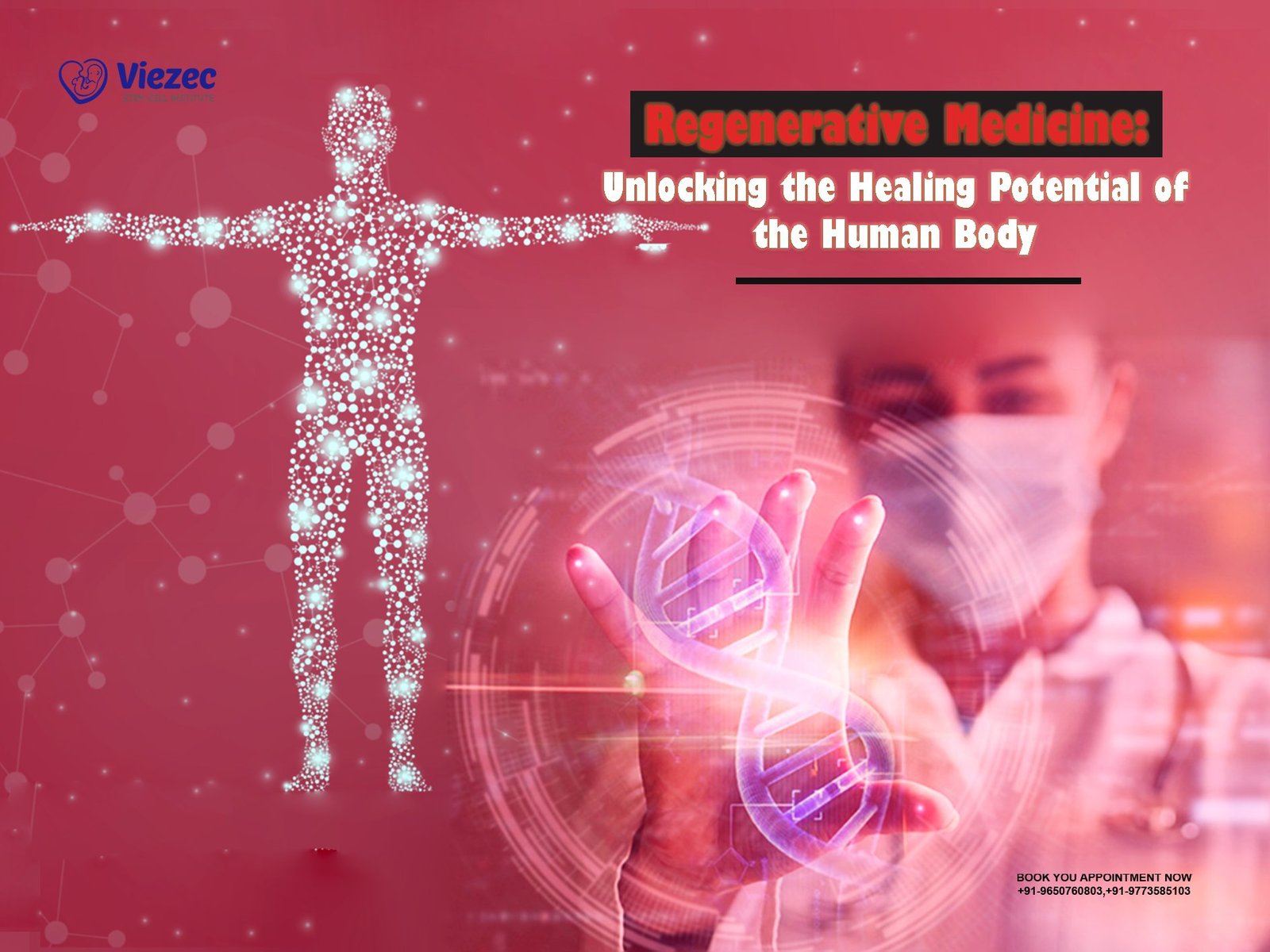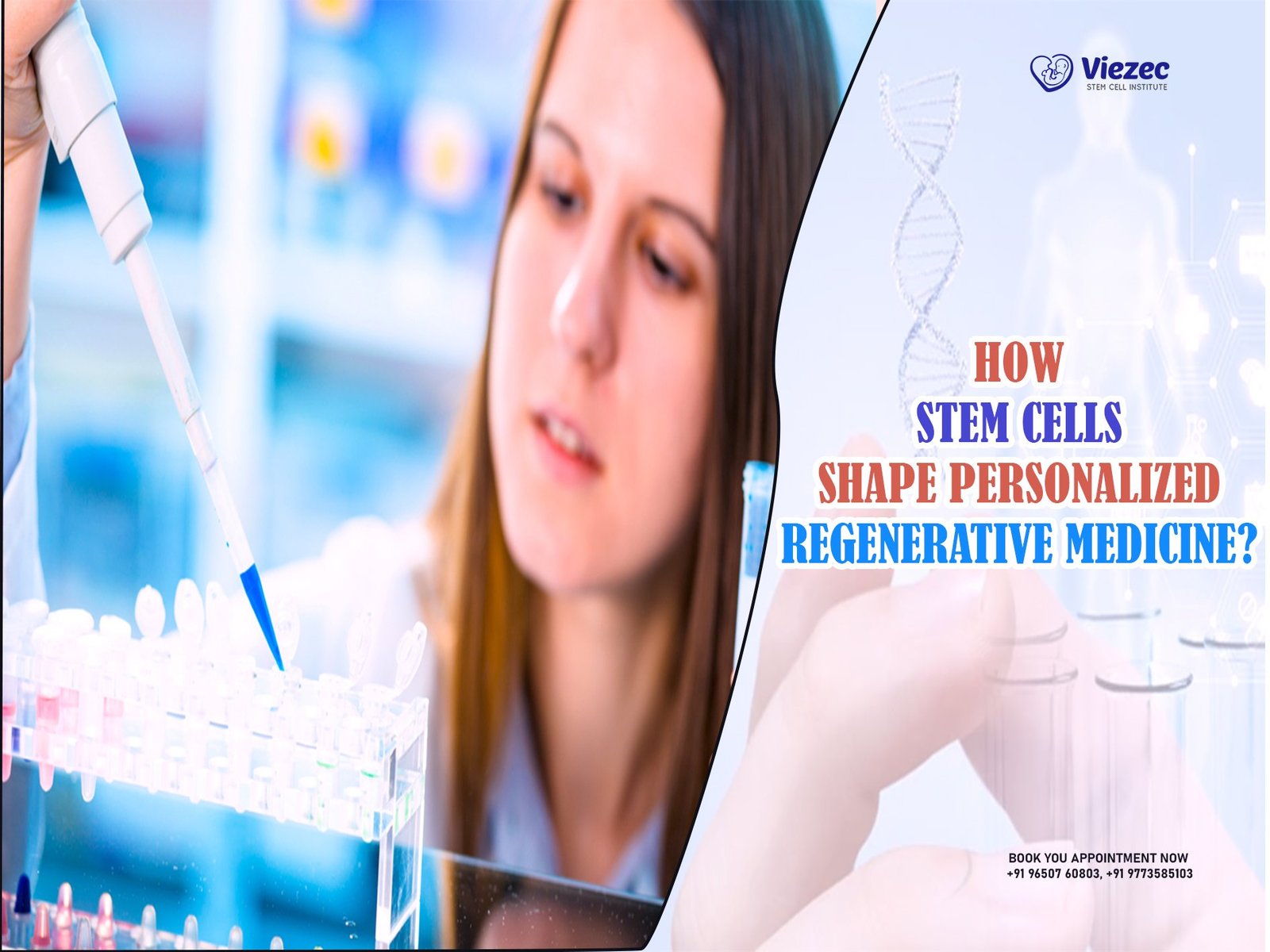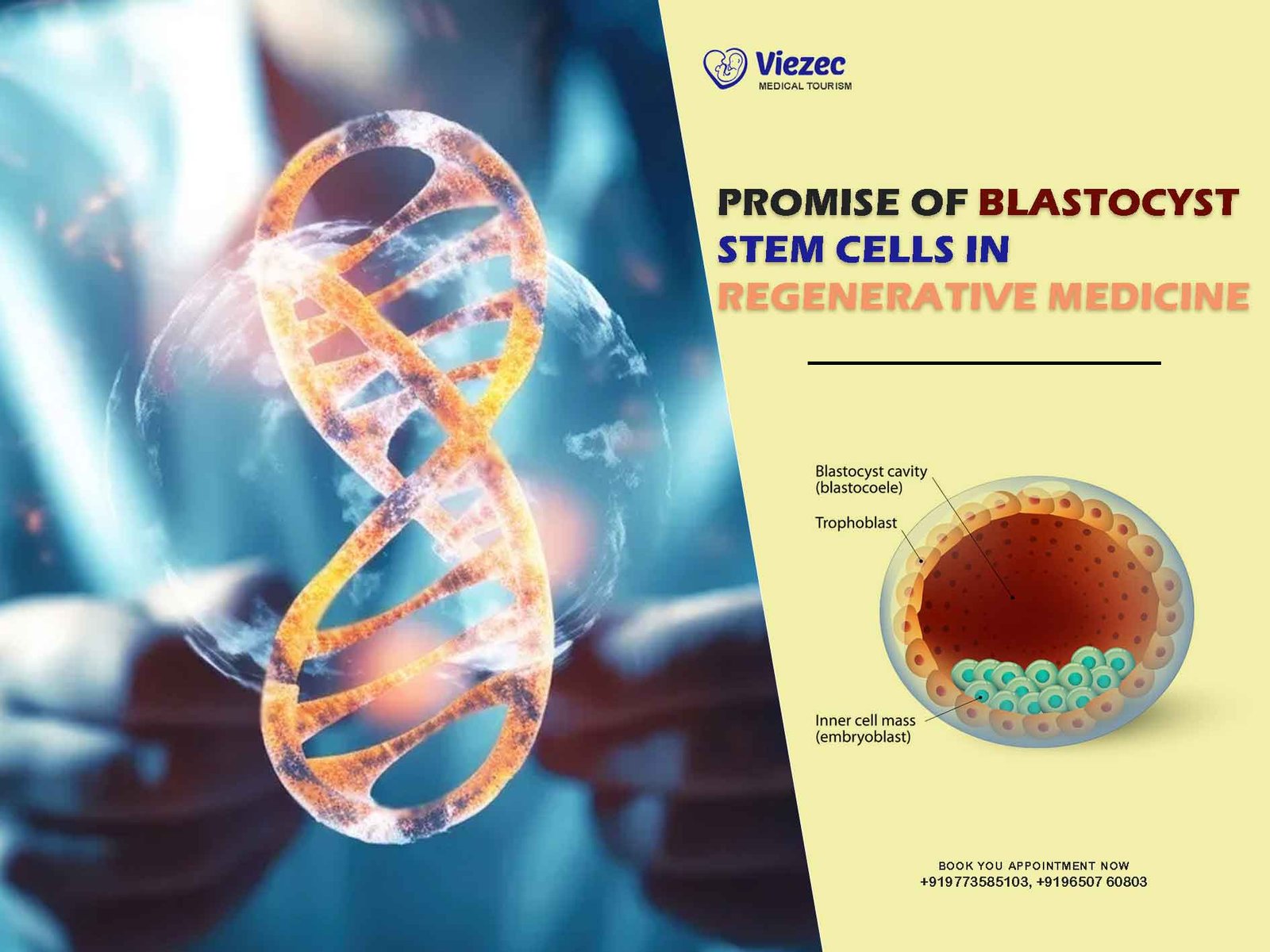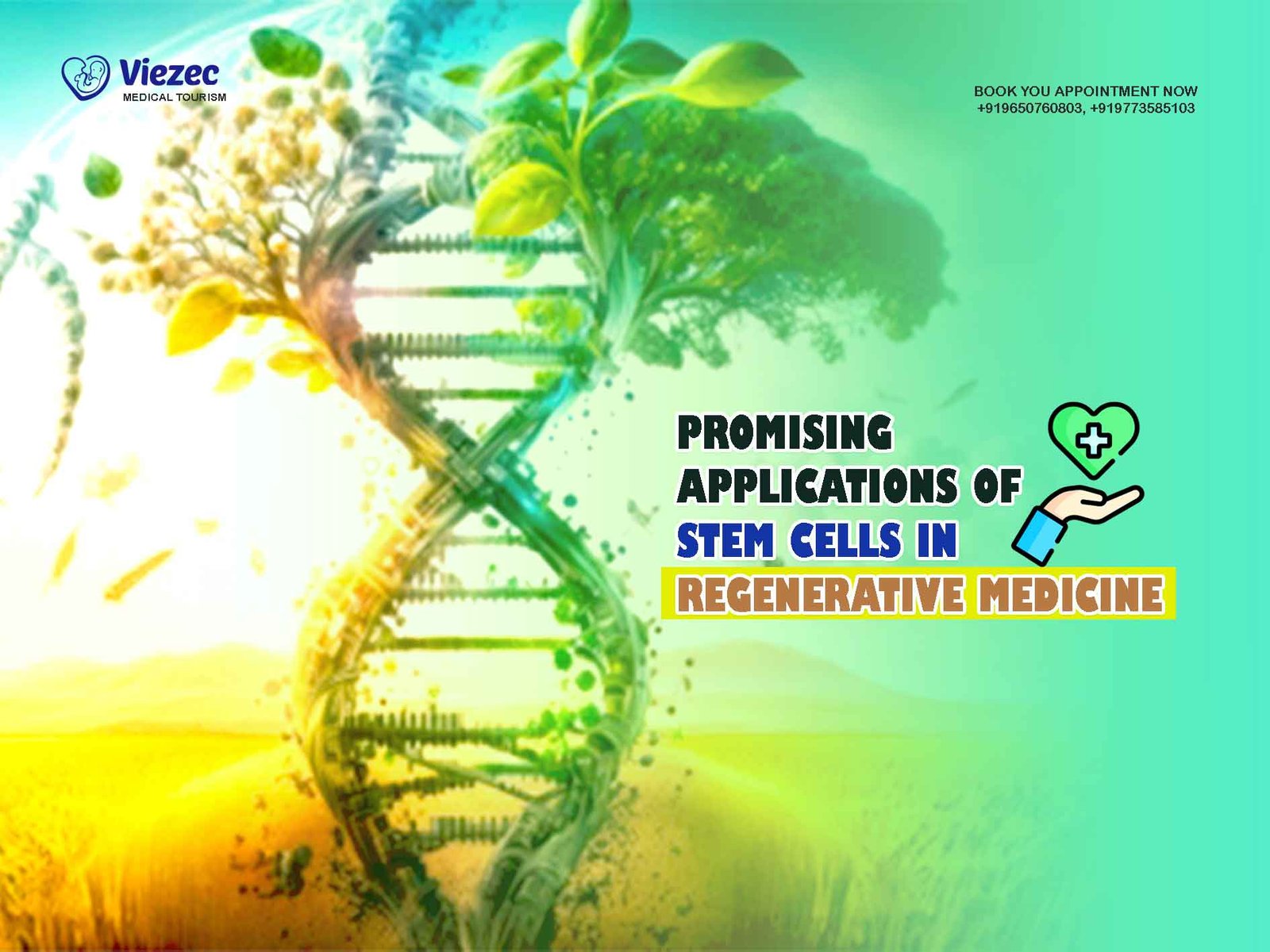Regenerative medicine represents a revolutionary approach to healthcare that harnesses the innate healing potential of the human body. It encompasses a diverse set of scientific disciplines and technologies aimed at repairing, replacing, or regenerating damaged tissues and organs. This emerging field holds the promise of transforming the treatment landscape for various diseases and injuries, offering new hope for patients worldwide. In this comprehensive article, we will delve into the foundations of regenerative medicine, explore its key components, discuss notable advancements, and evaluate its potential impact on healthcare in India.
Understanding Regenerative Medicine
Basics of Regeneration
Regeneration is a fundamental biological process that allows living organisms to replace or repair damaged tissues and organs. While some organisms, like certain amphibians, exhibit remarkable regenerative abilities throughout their lives, humans and other mammals possess limited regenerative capacities. Regenerative medicine seeks to enhance these innate capabilities through various strategies.
Stem Cells: The Building Blocks
Stem cells are central to regenerative medicine. They are undifferentiated cells with the unique ability to differentiate into specialized cell types. This pluripotency makes them invaluable for tissue repair and regeneration. Researchers explore embryonic stem cells, induced pluripotent stem cells (iPSCs), and adult stem cells to develop therapeutic interventions.
Key Components of Regenerative Medicine
Cellular Therapies
Stem Cell Therapies
Stem cell therapies involve the transplantation or manipulation of stem cells to promote tissue repair. Researchers are exploring their potential in treating conditions such as spinal cord injuries, heart disease, and neurodegenerative disorders.
Platelet-Rich Plasma (PRP) Therapy
PRP therapy utilizes a concentrated form of a patient’s own blood platelets to stimulate healing. This autologous approach has found applications in orthopedics, dermatology, and dentistry.
Tissue Engineering
Scaffold-Based Approaches
Tissue engineering involves creating artificial scaffolds that mimic the structure of natural tissues. These scaffolds, often made from biocompatible materials, serve as a framework for cells to grow and differentiate.
3D Bioprinting
Advancements in 3D bioprinting enable the precise deposition of cells and biomaterials to create functional tissues. This cutting-edge technology holds promise for organ transplantation and personalized medicine.
Gene Therapy
Gene therapy aims to treat or prevent diseases by altering the genetic makeup of cells. In the context of regenerative medicine, gene editing tools like CRISPR-Cas9 offer unprecedented precision in modifying genes to enhance regenerative processes.
Notable Advancements in Regenerative Medicine
Organ Transplantation
Xenotransplantation
Xenotransplantation involves transplanting organs or tissues from non-human animals into humans. Pigs, due to their biological similarities to humans, have emerged as potential donors, offering a solution to the shortage of human organs for transplantation.
Bioengineered Organs
Researchers are making strides in creating bioengineered organs using a combination of cellular and scaffold-based approaches. This could revolutionize organ transplantation by addressing the limitations of donor organ availability.
Stem Cell Research
Induced Pluripotent Stem Cells (iPSCs)
The discovery of iPSCs, which are reprogrammed adult cells with embryonic stem cell-like properties, opened new avenues for regenerative medicine. iPSCs avoid the ethical concerns associated with embryonic stem cells and have diverse applications in disease modeling and personalized medicine.
Clinical Trials and Therapies
Numerous clinical trials are underway globally to assess the safety and efficacy of stem cell therapies. Conditions such as spinal cord injuries, diabetes, and heart disease are being targeted, with some treatments already showing promising results.
Regenerative Medicine in India
Current Landscape
India has been actively participating in the global advancements in regenerative medicine. Academic institutions, research centers, and biotechnology companies collaborate to contribute to the field. The focus extends to understanding the unique genetic diversity of the Indian population for personalized regenerative therapies.
Clinical Applications
Stem Cell Banking
Stem cell banking, both umbilical cord blood and adult stem cell banking, has gained popularity in India. Families opt to store stem cells for potential future therapeutic use, considering the increasing applications of stem cell-based treatments.
Diabetes Research
India faces a significant burden of diabetes, and researchers are exploring regenerative approaches to treat or manage the condition. Stem cell therapies and islet cell transplantation are among the avenues being explored.
Challenges and Opportunities
Regulatory Framework
The regulatory landscape in India plays a crucial role in the development and commercialization of regenerative medicine therapies. Striking a balance between fostering innovation and ensuring patient safety remains a challenge.
Public Awareness
While regenerative medicine holds immense potential, public awareness and understanding of its nuances are essential. Education campaigns and outreach efforts are necessary to dispel myths and build trust in these innovative therapies.
Future Perspectives and Ethical Considerations
Future Directions
The future of regenerative medicine envisions a shift from treating symptoms to addressing the root causes of diseases. Personalized regenerative therapies, enabled by advances in genomics and precision medicine, are likely to become more prevalent.
Ethical Considerations
As regenerative medicine progresses, ethical considerations surrounding gene editing, human-animal chimeras, and the commodification of biological materials become increasingly important. Striking a balance between scientific progress and ethical principles will be imperative.
The Impact of Regenerative Medicine in India
India has emerged as a major player in the field of regenerative medicine, with numerous research institutions and companies investing in this cutting-edge field. Indian scientists have made significant contributions to tissue engineering, stem cell research, and gene therapy. The country’s diverse population and high prevalence of certain conditions provide ample opportunities for clinical research and trials.
Indian Initiatives in Stem Cell Research
India’s commitment to advancing stem cell research is evident through various government-funded projects and collaborations with international organizations. These initiatives aim to develop effective stem cell therapies for conditions such as diabetes, heart disease, and neurological disorders.
Advances in Tissue Engineering
Indian researchers have been at the forefront of developing innovative tissue engineering techniques, such as 3D bioprinting and biofabrication. These technologies hold promise for creating complex tissues and organs that can be used for transplantation and research purposes.
Regenerative medicine stands at the forefront of scientific innovation, holding the promise to revolutionize healthcare as we know it. From unlocking the potential of stem cells to bioengineering organs, the field continues to make remarkable strides. In India, the landscape is dynamic, with active research, clinical applications, and a growing interest in stem cell banking. As the journey of regenerative medicine unfolds, addressing challenges, fostering public awareness, and navigating ethical considerations will be essential to harness its full potential for the benefit of individuals and societies alike.









